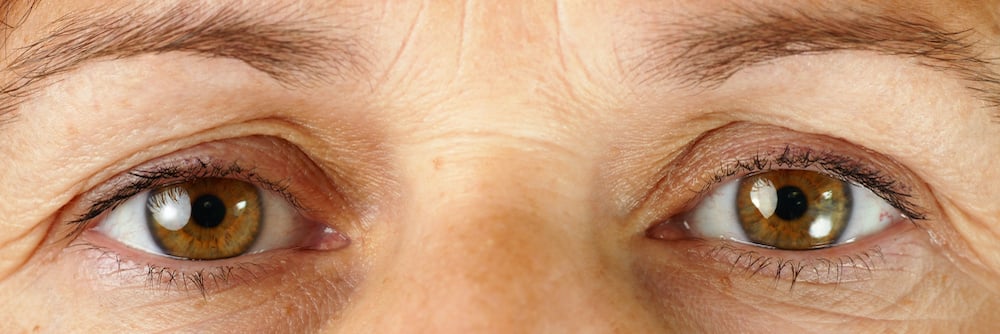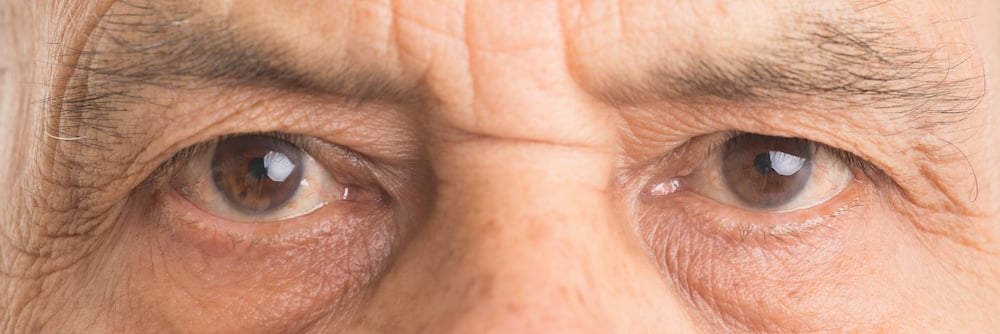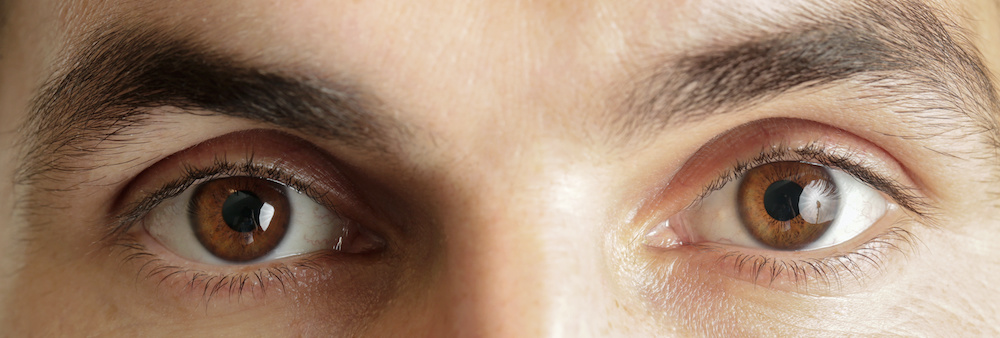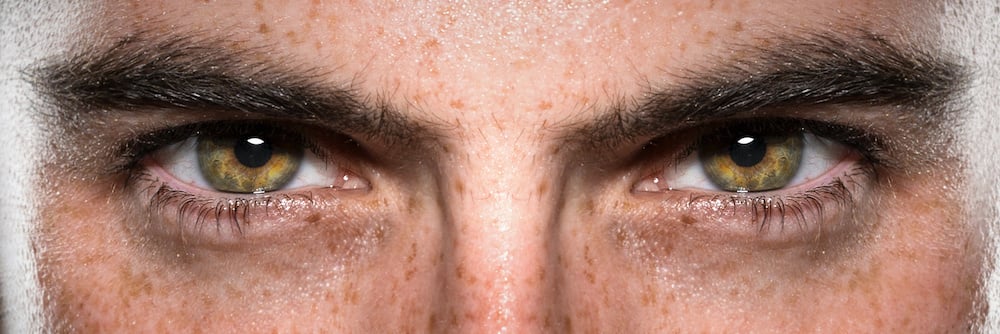Multiple Sclerosis
Eye movement disturbances are present in upt o 75% of MS patients.
NAION is the most common acute optic neuropathy in patients over the age of 50. Rapid and quantitative measurements of aspects of the neuro-ophthalmic examination - such as pupillary responses or visual fields - can assist in the accurate collection of data for the diagnosis of NAION.1,2
Non-arteritic ischemic optic neuropathy (NAION) is the most common acute optic neuropathy in patients over the age of 50. In the elderly, it is also the most common optic neuropathy overall, after glaucoma.1,2 NAION most commonly affects Caucasians, with an equal incidence in both males and females, and it typically occurs in the sixth or seventh decade of life. Although the exact pathophysiology of NAION is unknown, it is believed to be due to circulatory insufficiency of the optic nerve head and can lead to permanent vision loss. Associated risk factors for NAION include a small physiologic optic cup, nocturnal hypotension, and other etiologies of vasculopathy or coagulopathy.1
The diagnosis of NAION is typically based on history, the presence of an afferent pupillary deficit, a characteristic visual field defect, and disc swelling on fundoscopic examination. Individuals affected by NAION usually present with sudden vision loss, occasionally associated with ocular discomfort, which can occur over hours to days. The visual acuity is typically better than 20/200 (6/60 or 0.10) and may slowly worsen over a few weeks. In addition to reduced visual acuity, ophthalmic examination findings typically include a relative afferent pupillary defect (RAPD), visual field defects, color vision loss, and disc edema often with peripapillary hemorrhages.1
While a thorough history and examination are required to make any diagnosis, including NAION, quick and quantitative measurements of aspects of the neuro-ophthalmic exam (such as pupillary responses or visual fields) can help with accurate data collection to ultimately reach a diagnosis.
In unilateral NAION or bilateral asymmetric NAION, a RAPD is typically present. In these cases, pupillometry can be useful. Prior pupillometric studies have shown a decrease in pupillary contraction velocity often with an increased pupillary latency in eyes affected by ischemic optic neuropathy.2,3 Additionally, studies using chromatic pupillometry on patients with anterior ischemic optic neuropathy have shown impaired pupillary responses in NAION-affected eyes compared to healthy controls.4,5,6 Thus, in cases such as ischemic optic neuropathy, identifying a RAPD can help narrow down the differential diagnosis. Moreover, given RAPD detection can be clinically challenging to determine in some patients, a quantitative pupillometer can be of assistance.
In addition to the presence of a RAPD, a variety of visual field changes can be seen in NAION. The most common pattern of visual field loss in NAION is an inferior altitudinal defect, and other patterns that have been described in NAION include diffuse loss, superior altitudinal defects, and central scotomas.1,7 A visual field screening device could help identify such patterns of visual field loss. Confrontational visual field testing may readily identify dense or large visual field defects; however, quantified and objective perimetry measurements are operator-independent, can be monitored over time, and may detect more subtle defects in comparison to confrontational visual fields, thus helping physicians gather accurate data to ultimately determine the etiology of vision loss.
The American Academy of Ophthalmology maintains an EyeWiki written by physicians and surgeons.
Read their literature review regarding Alzheimer's Disease here.

Eye movement disturbances are present in upt o 75% of MS patients.

Oculomotor examinations help differentiate parkinsonian syndroms.

Ophthalmologic signs and symptoms may be a warning sign of a stroke.

More than 50% of children with a tumor in the brain stem show neuro-ophthalmological signs.